
The Scarlet Letter: A Romance is a work of historical fiction by American author Nathaniel Hawthorne, published in 1850. Set in the Puritan Massachusetts Bay Colony during the years 1642 to 1649, the novel tells the story of Hester Prynne, who conceives a daughter with a man to whom she is not married and then struggles to create a new life of repentance and dignity. As punishment, she must wear a scarlet letter 'A'. Containing a number of religious and historic allusions, the book explores themes of legalism, sin and guilt.
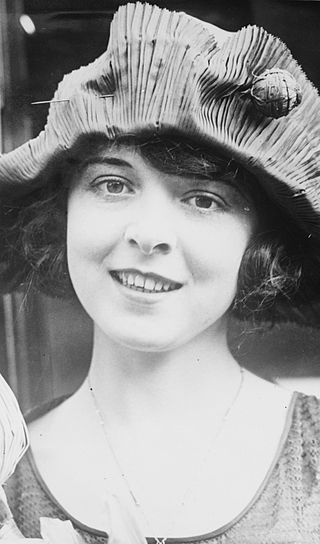
Colleen Moore was an American film actress who began her career during the silent film era. Moore became one of the most fashionable stars of the era and helped popularize the bobbed haircut.

Victor David Sjöström, also known in the United States as Victor Seastrom, was a pioneering Swedish film director, screenwriter, and actor. He began his career in Sweden, before moving to Hollywood in 1924. Sjöström worked primarily in the silent era; his best known films include The Phantom Carriage (1921), He Who Gets Slapped (1924), and The Wind (1928). Sjöström was Sweden's most prominent director in the "Golden Age of Silent Film" in Europe. Later in life, he played the leading role in Ingmar Bergman's Wild Strawberries (1957).

Robert G. Vignola was an Italian-American actor, screenwriter, and film director. A former stage actor, he appeared in many motion pictures produced by Kalem Company and later moved to directing, becoming one of the silent screen's most prolific directors. He directed a handful of films in the early years of sound films, but his career essentially ended in the silent era.
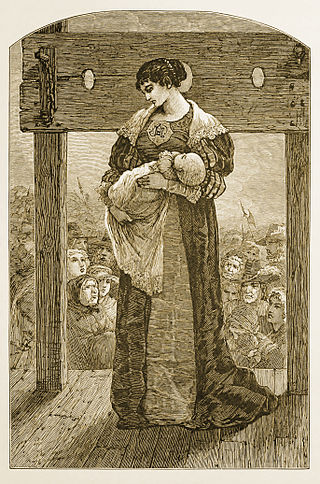
Hester Prynne is the protagonist of Nathaniel Hawthorne's 1850 novel The Scarlet Letter. She is portrayed as a woman condemned by her Puritan neighbors for having a child out of wedlock. The character has been called "among the first and most important female protagonists in American literature".

The Scarlet Letter is a 1995 American romantic historical drama film directed by Roland Joffé. Adapted from Nathaniel Hawthorne's 1850 novel of the same name, it stars Demi Moore, Gary Oldman, and Robert Duvall.
Roger Chillingworth is a fictional character and primary antagonist in the 1850 novel The Scarlet Letter by Nathaniel Hawthorne. He is an English scholar who moves to the New World after his wife, Hester Prynne.
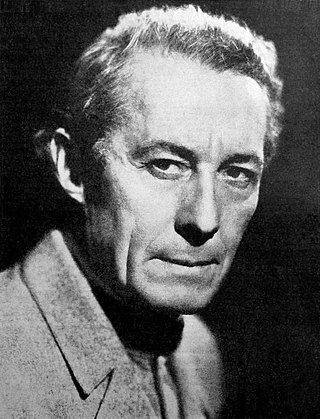
Henry Brazeale Walthall was an American stage and film actor. He appeared as the Little Colonel in D. W. Griffith's The Birth of a Nation (1915).
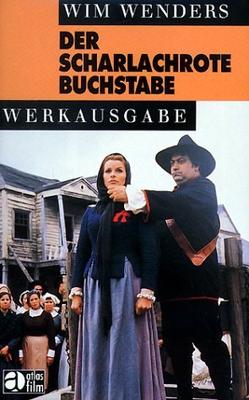
The Scarlet Letter is a 1973 period drama film directed by Wim Wenders, based on Nathaniel Hawthorne's 1850 novel of the same name. The West German-Spanish co-production stars Senta Berger as Hester Prynne, Lou Castel as Reverend Dimmesdale, and Hans Christian Blech as Chillingworth.
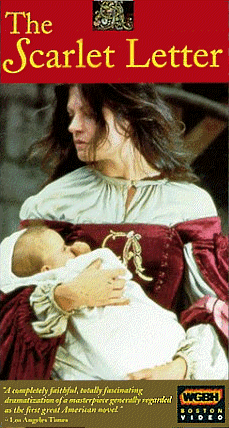
The Scarlet Letter is a 1979 miniseries based on the 1850 novel of the same name by Nathaniel Hawthorne: it aired on WGBH from March 3, 1979 to March 24, 1979. The series is four episodes long, 60 minutes each. Part 2 won the 1979 Emmy Award for Outstanding Video Tape Editing for a Limited Series or Special for film editors Ken Denisoff, Janet McFadden and Tucker Wiard.

The Scarlet Letter is a 1926 American silent drama film based on the 1850 novel of the same name by Nathaniel Hawthorne and directed by Swedish filmmaker Victor Sjöström. Prints of the film survive in the MGM/United Artists film archives and the UCLA Film and Television Archive. The film is now considered the best film adaptation of Hawthorne's novel.
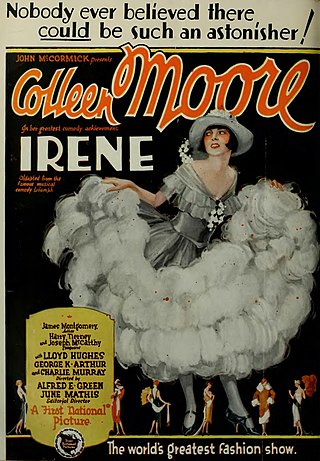
Irene is a 1926 American silent romantic comedy film starring Colleen Moore, and partially shot in Technicolor. The film was directed by Alfred E. Green, produced by Moore's husband John McCormick, and based on the musical Irene written by James Montgomery with music and lyrics by Harry Tierney and Joseph McCarthy.

We Moderns is a 1925 American silent comedy film directed by John Francis Dillon and starring Colleen Moore. The film was produced by Moore's husband John McCormick and was released through First National Pictures. It was based on the play and novel by Israel Zangwill, which ran for 22 performances in 1924 at the Gaiety Theatre in New York, produced and directed by Harrison Grey Fiske and starring Helen Hayes and Isabel Irving.

The Perfect Flapper is a 1924 American romantic comedy film directed by Earl Hudson and starring Colleen Moore. This was Moore's second "flapper film" after Flaming Youth. It was released after Through the Dark and Painted People.
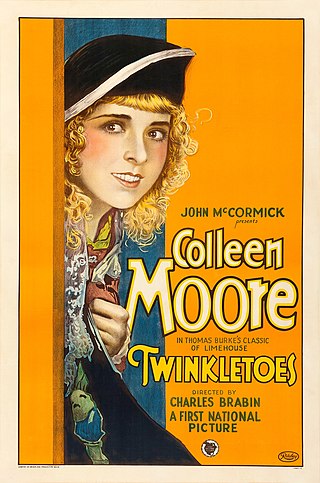
Twinkletoes is a 1926 American silent romantic drama film directed by Charles Brabin and starring Colleen Moore. The film, as with most of Moore's vehicles at this time, was produced by her husband John McCormick with the couple distributing through Moore's resident studio First National. This film is one of Moore's surviving films from the late silent era and is available on DVD.

His Nibs is a 1921 American comedy film directed by Gregory La Cava and starring Chic Sale and Colleen Moore.

Ella Cinders is a 1926 American silent comedy film directed by Alfred E. Green, starring Colleen Moore, produced by her husband John McCormick, and featuring Moore's recurring co-star, Lloyd Hughes. The film is based on the syndicated comic strip of the same name by William M. Conselman and Charles Plumb, which in turn was based upon the millennia-old folk tale of Cinderella.
The Scarlet Letter is a 1922 British silent drama film directed by Challis Sanderson and starring Sybil Thorndike, Tony Fraser and Dick Webb. It is an adaptation of the 1850 novel The Scarlet Letter by Nathaniel Hawthorne.

Sally is a 1925 American silent romantic comedy film starring Colleen Moore. The film was directed by Alfred E. Green, produced by Moore's husband John McCormick, and based on the musical Sally written by Guy Bolton and Clifford Grey that was adapted to film by June Mathis. The play was a Florenz Ziegfeld Jr. production written specifically for Marilyn Miller that opened on December 21, 1920, at the New Amsterdam Theatre on Broadway. It ran for 570 performances.
The Scarlet Letter is an American silent drama film distributed by Fox Film Corporation and based upon the 1850 eponymous novel by Nathaniel Hawthorne, with some additional plot added taking place before the events of the novel. It was written and directed by Carl Harbaugh. An incomplete print of the film in 1 reel exists. The film used the novel's text to create subtitles, and in 1917 The Moving Picture World called it "as nearly flawless as it is humanly possible for it to be."


















